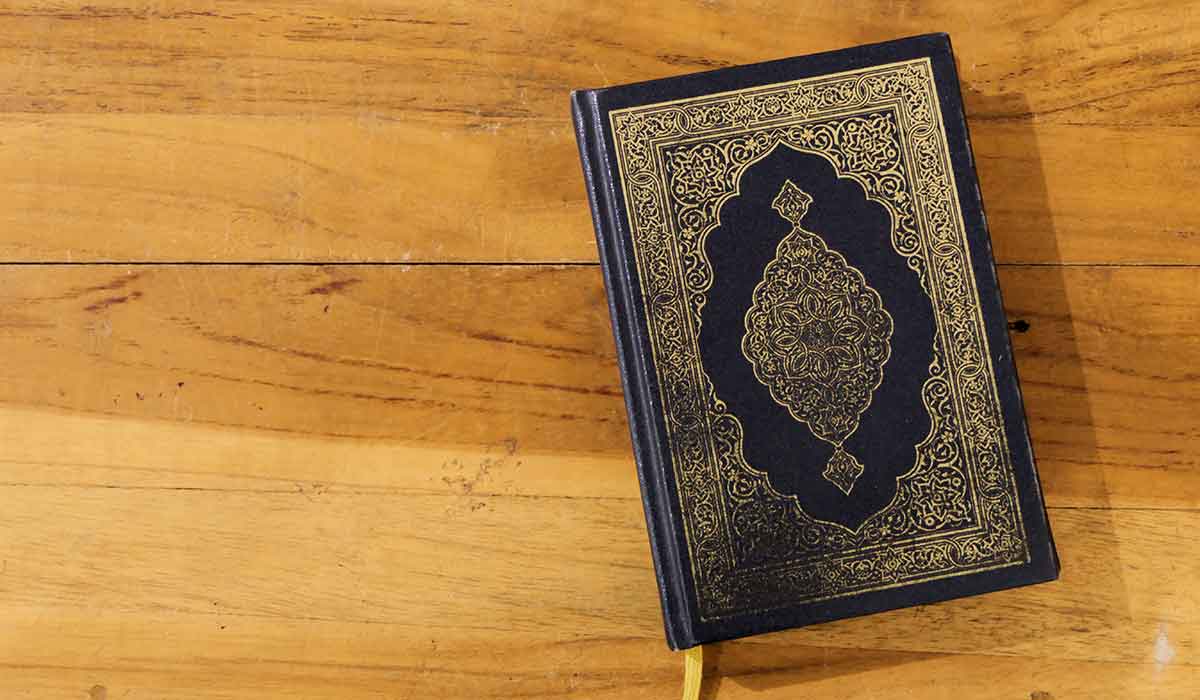In this article, we discuss the grounds for divorce and the legal consequences of divorcing under Muslim law. Abdul Aziz, Partner and Head of Muslim Law Practice at I.R.B Law LLP, explains the grounds of divorce in the Syariah Court.
Grounds of Divorce
According to Muslim law, a marriage can be dissolved in the following ways:
- Upon pronouncing a divorce (talak) by:
- The husband, by virtue of divorce by redemption (khuluk); or
- The husband, independent of khuluk; or
- The wife, where talak tafweed applies; or
- The Arbitrator (Hakam); or
- By the Court, if they find that a husband has broken a written condition of the marriage (taklik); or
- By the Court, by ordering an annulment
- By the Court, who finds that a marriage is not valid under Muslim law.
Divorce by Pronouncement of Talak by the Husband or By Way of Khuluk
An application for divorce may be made by a husband, or he may consent to his wife’s divorce application, by voluntarily pronouncing the talak – see sections 46(b) and 47(3) of the Administration of Muslim Law Act (Cap. 3) (AMLA).
Alternatively, an agreement may be reached between husband and wife to divorce by way of khuluk, as set out in section 47(4) of AMLA. A divorce in this case is brought about by the husband pronouncing the talak, upon the wife paying the husband a sum of money.
In Singapore, the talak may be pronounced by the husband before beginning divorce proceedings in Court.
Talak Tafweed
AMLA does not expressly provide for talak tafweed, however it is recognised as being valid under Muslim law. The talak tafweed is effected upon a wife who pronounces the talak after she has accepted the husband’s delegation of rights to his wife to pronounce the talak. In scenarios such as this, it is the wife who pronounces the talak and not the husband.
Talak by Hakam
The appointment of Arbitrators (Hakams) is provided for in section 50 of AMLA. If consent is not given by the husband to the divorce applied for by his wife, and/or the evidence does not demonstrate that the husband has broken any written conditions of marriage (taklik) and/or there is no evidence that the Court has grounds to order a fasakh, then the Court may order the appointment of a Hakam, one each for the husband and wife. If the Hakams are not able to bring about a reconciliation, and are both of the opinion that the couple should divorce, then the Hakams may effect a divorce by pronouncing talak. In this case, therefore, it is the Hakam who pronounces the talak, and not the husband or wife.
Cerai Taklik
Section 48 of AMLA provides for Cerai taklik. If consent is not given by the husband to the divorce applied for by his wife, but the wife presents evidence that the husband has breached a written condition of the marriage (taklik) then the Court can declare that – by reason of that breach – a divorce has taken place. One such condition on which the Court may decree a divorce is where the husband leaves the wife, or does not provide maintenance for a continuous period of 4 months or more.
Fasakh
In section 49 of AMLA there is a non-exhaustive list of scenarios which, if proved, will allow the Court to decree a nullity (fasakh). For example, where the husband has been imprisoned for at least three years or more, or where the husband was impotent at the time of the marriage and continues to be so, or alternatively where the wife has been treated with cruelty by the husband. A fasakh may only be decreed by the Court once it has received evidence from the wife and a minimum of two other witnesses.
Invalidity of Marriage
Ultimately, all Muslim marriages must comply with and satisfy certain rules of munakahat (the Muslim marriage laws). Any marriage which has been solemnised in breach of these rules and which is therefore invalid under Muslim law may be annulled by the Court.
Effects of Divorce
- According to Muslim law, the first divorce between a husband and wife is known as “talak raj’ie”. Under a talak raj’ie, the husband may reunite (rujuk) with the wife within a ‘waiting period’ of 3 months following the divorce (the period of iddah), without the need for them to go through a marriage solemnisation (nikah). In such circumstances, it is said that the husband has ‘revoked’ the divorce. Likewise, the husband and wife may rujuk if they are being divorced for the second time. In sections 102 and 107, AMLA provides for the registration of a rujuk. Following the iddah period, the couple are not allowed to rujuk but they may remarry by going through a nikah.
- If a husband and wife are divorcing for the third time, under Muslim law that divorce is known as “talak ba’in kubra”. Here, the husband and wife are not allowed rujuk or even to remarry. The husband is only allowed to remarry the wife after she has, following the divorce, married another man and is then divorced from him after their marriage was consummated.
- Furthermore, a husband and wife who were divorced by the Hakam’s pronouncement of talak or on the grounds of fasakh or khuluk are not allowed to rujuk. However, they are permitted to remarry by undergoing a nikah.
- A husband is permitted to divorce his wife for the first time by saying a three-talak divorce (talak tiga), for example by saying “I divorce my wife by three talak”. In this instance, the divorce that results is a talak ba’in kubra.





